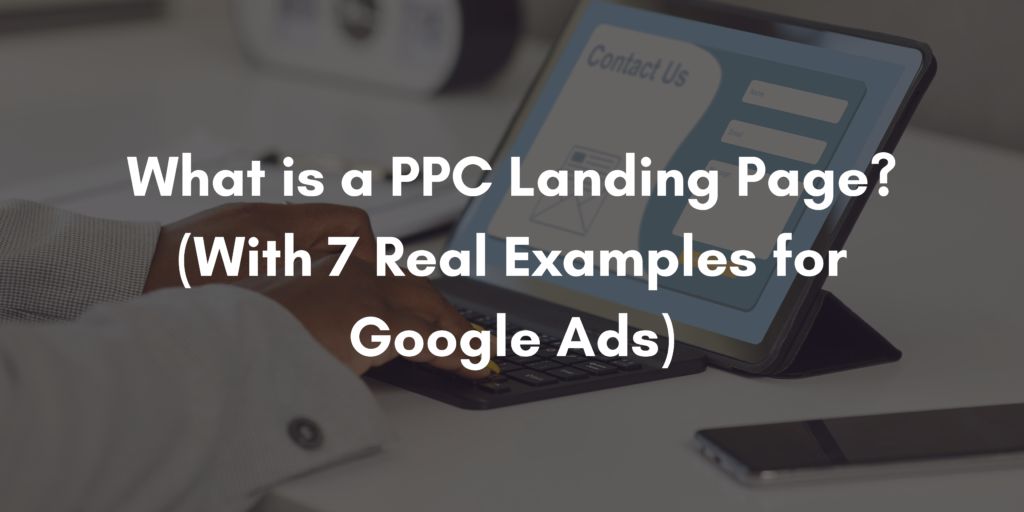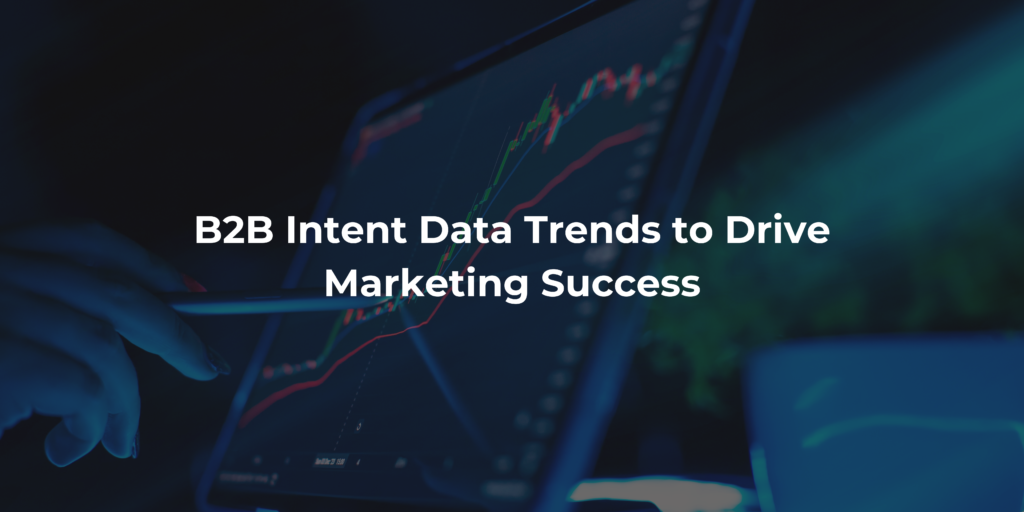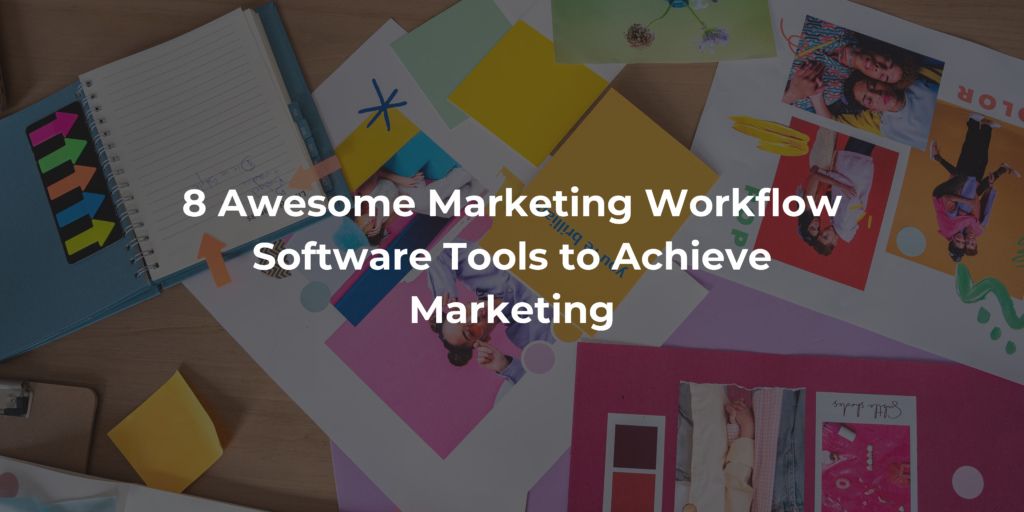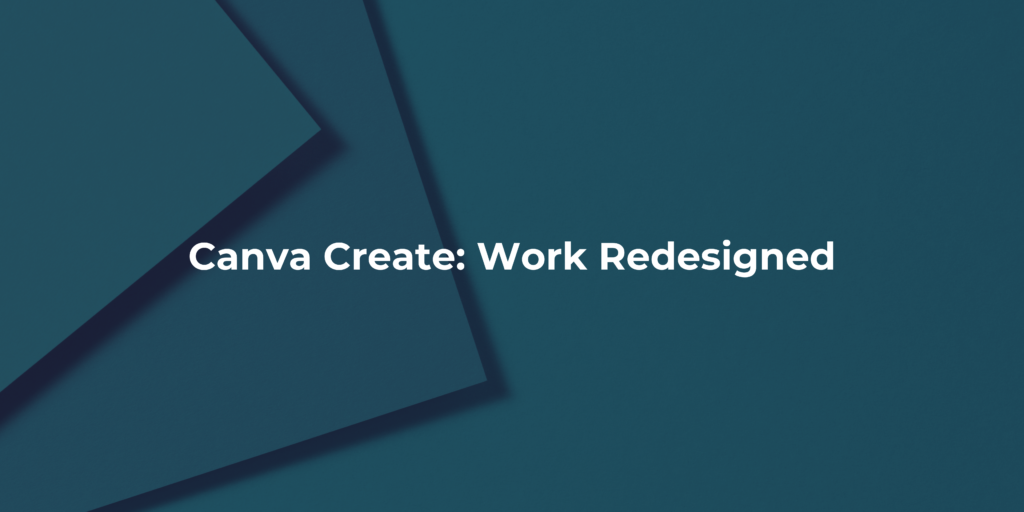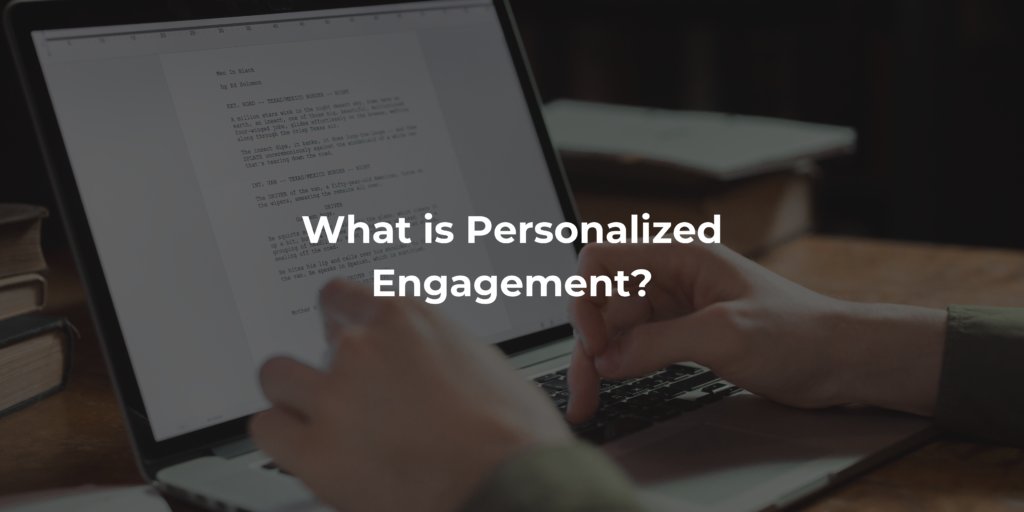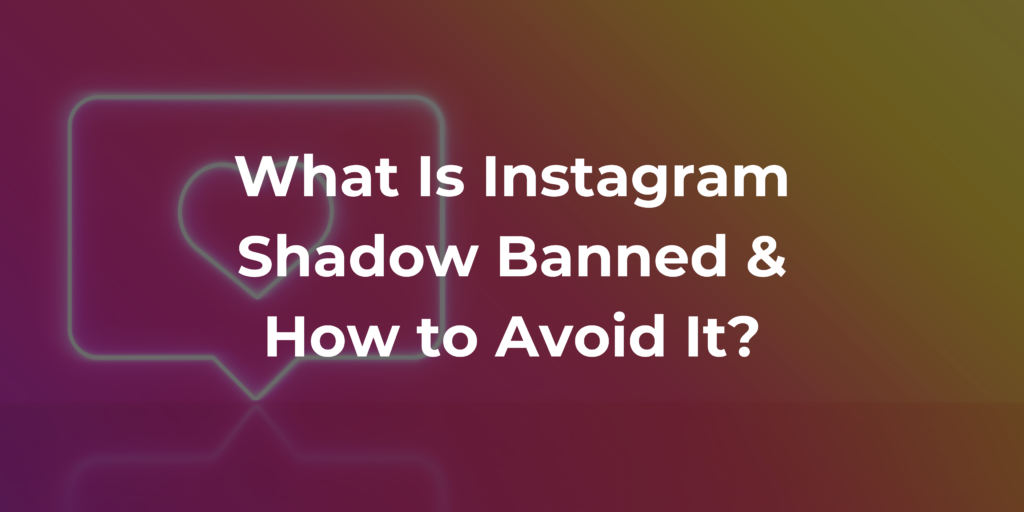Particularly in the domain of Google Ads, PPC (Pay-Per-Click) campaigns have become an integral strategy for businesses aiming to enhance their online presence and drive conversions. PPC campaigns lies a crucial component that often determines their success: the PPC landing page.
In this blog, we’ll delve into what PPC landing pages are, their benefits, key differences from regular web pages, best practices, and how to create them effectively for Google Ads campaigns.

What Is A PPC Landing Page?
A PPC (Pay-Per-Click) landing page is a specialized web page designed to cater to visitors who have clicked on a specific advertisement, typically from platforms like Google Ads. Unlike traditional web pages, PPC landing pages are meticulously crafted with a singular objective: to guide visitors towards a predefined action, such as making a purchase, signing up for a service, or downloading content. They often feature compelling headlines, clear calls-to-action (CTAs), persuasive content, and minimal distractions to maximize conversions.
Additionally, PPC landing pages are tailored to align closely with the user’s search intent or the specific keywords targeted in the PPC campaign, thereby enhancing overall ad relevance and Quality Score. The ultimate goal of a PPC landing page is to provide a focused and optimized user experience that encourages visitors to take the desired action, ultimately driving higher conversion rates and maximizing the return on investment (ROI) of the PPC campaign.
Benefits of PPC Landing Pages:
1. Increased Conversion Rates:
PPC landing pages significantly contribute to increased conversion rates by offering a tailored and focused user experience. By aligning closely with the messaging of the corresponding PPC ad, these landing pages cater to the specific needs and interests of visitors, effectively guiding them towards the desired action, whether it’s making a purchase, filling out a form, or subscribing to a service. This alignment fosters a sense of relevance and trust, prompting users to engage more readily and ultimately leading to higher conversion rates compared to generic or non-optimized landing pages.
2. Improved Ad Relevance:
PPC landing pages enhance ad relevance and Quality Score, thereby optimizing campaign performance and reducing costs. When the content of the landing page resonates with the ad copy and keywords, it minimizes bounce rates and improves user engagement, signaling to search engines like Google that the ad is delivering a high-quality and relevant experience to users. Consequently, this leads to better ad placements, lower costs per click, and a higher likelihood of achieving campaign objectives.
3. Enhanced User Experience:
PPC landing pages offer an improved user experience by eliminating distractions and streamlining the path to conversion. Unlike traditional web pages that may contain navigation menus, sidebar content, or other elements that can divert attention away from the primary goal, PPC landing pages are designed with a singular focus, ensuring that visitors remain engaged and motivated to complete the desired action. This optimized user experience not only enhances satisfaction and trust but also encourages repeat visits and referrals, further amplifying the impact of the PPC campaign.
Difference Between PPC Landing Page and Regular Web Page:
A PPC landing page is specifically crafted to cater to visitors who have clicked on a particular advertisement, typically from platforms like Google Ads. Its primary objective is to guide visitors towards a specific action, such as making a purchase, signing up for a service, or downloading content.
In contrast, a regular web page serves a broader range of purposes and audiences, often containing extensive navigation menus, multiple sections, and various pieces of content. While a regular web page aims to provide comprehensive information about a brand, product, or service, a PPC landing page is laser-focused on driving conversions by eliminating distractions and presenting a clear and concise message that aligns closely with the corresponding PPC ad.
How to Use PPC Landing Pages for Higher Conversions:
Craft a Compelling CTA: Make your call-to-action (CTA) clear, prominent, and action-oriented to encourage visitors to take the desired action.
Simplify Content: Keep the messaging concise, relevant, and easy to understand, highlighting the value proposition and benefits.
Infuse Consistent Branding: Maintain visual consistency with your brand elements to build trust and credibility.
Optimize for Every Brand: Ensure your landing page is responsive and optimized for mobile devices to cater to users across all platforms.
Keep Testing and Refining: Continuously test different elements, such as headlines, visuals, and CTAs, to optimize performance and drive better results.
Why Use Landing Pages for Google Ads:
- Improve Quality Score:
Landing pages improve Quality Score and ad relevance by providing a tailored and cohesive user experience. When the content of the landing page closely mirrors the messaging of the corresponding ad, it minimizes bounce rates and enhances user engagement, signaling to Google that the ad is delivering a relevant and valuable experience to users. Consequently, this can lead to higher ad rankings, lower costs per click, and ultimately, better campaign performance.
- Enhanced User Experience:
Landing pages facilitate a streamlined user journey by eliminating distractions and friction points, thereby enhancing the overall user experience and increasing the likelihood of conversions. Unlike sending traffic to a generic website or homepage, directing users to a purpose-built landing page ensures that they encounter a focused and optimized experience that guides them towards the intended goal.
- Enable Targeted Messaging:
Landing pages enable targeted messaging that aligns with the user’s search intent, driving more qualified traffic and increasing the likelihood of conversions. By customizing the content and design of landing pages to match specific keywords or ad groups, advertisers can ensure that visitors receive the most relevant information and are more inclined to take the desired action.
How to Create a PPC Landing Page for Google Ads:
User-Friendly Interface: Making sure you have an easy-to-use interface which is important for a seamless experience. Using landing page platforms with intuitive interfaces simplifies the design and optimization process, allowing advertisers to create attractive and accessible navigation pages without the need for extensive technical expertise.
Customizable Templates: Prioritizing user experience and optimization for every device is paramount for success. Creating responsive landing pages that adapt seamlessly to different screen sizes and devices ensures a consistent and engaging experience for users, regardless of their preferred device. By optimizing load times, minimizing distractions, and prioritizing mobile responsiveness, advertisers can create PPC landing pages that deliver a frictionless user experience and maximize conversions across all platforms.
Swift Workflow: A swift workflow is essential for efficient creation and deployment of PPC landing pages. Utilizing tools and platforms that streamline the workflow, from initial design to final deployment, ensures rapid iteration and optimization based on performance metrics. This agility enables advertisers to respond quickly to changes in campaign performance and audience behavior, maximizing the impact of their Google Ads campaigns.
7 Real Google Ads Examples:
1. Uber:
Uber’s PPC landing page exemplifies simplicity and clarity in design. With a focus on a singular call-to-action (CTA) to encourage app downloads, Uber presents compelling visuals alongside minimalistic content, ensuring that visitors are immediately directed towards the desired action. The landing page effectively communicates the value proposition of the Uber app, leveraging persuasive imagery and concise messaging to drive conversions seamlessly.
2. Airbnb:
Airbnb’s PPC landing page stands out for its personalized approach and user-centric design. By showcasing stunning imagery of destinations and offering tailored recommendations based on the user’s search criteria, Airbnb creates a highly engaging and relevant experience. The landing page not only entices visitors with aspirational visuals but also provides practical assistance in finding the perfect accommodation, resulting in increased bookings and conversions.
3. HubSpot:
HubSpot’s PPC landing pages are notable for their focus on educational content and lead generation. By offering valuable resources, such as guides, eBooks, or webinars, in exchange for contact information, HubSpot effectively nurtures leads and builds trust with potential customers. The landing pages feature compelling visuals and persuasive copy, emphasizing the benefits of accessing the offered content and encouraging visitors to take the next step in their buyer’s journey.
4. Square:
Square’s PPC landing page is characterized by its emphasis on product features and benefits. Through clear and concise messaging, Square highlights the value proposition of its payment processing solutions, addressing pain points and showcasing how their product can solve specific challenges for businesses. The landing page prompts visitors to sign up for a free trial or learn more, leveraging persuasive content and a prominent CTA to drive conversions effectively.
5. Casper:
Casper’s PPC landing page focuses on building trust and confidence through customer testimonials and guarantees. By featuring authentic reviews and highlighting the quality and reliability of their products, Casper instills trust in potential customers and alleviates any concerns they may have. The landing page employs persuasive copywriting and persuasive imagery to reinforce the brand’s credibility and drive conversions seamlessly.
6. HelloFresh:
HelloFresh’s PPC landing page is distinguished by its use of time-sensitive offers and enticing visuals. By showcasing mouthwatering images of prepared meals and highlighting limited-time discounts or promotions, HelloFresh creates a sense of urgency and encourages immediate action from visitors. The landing page effectively communicates the value proposition of their meal delivery service and prompts users to subscribe or learn more, driving conversions effectively.
7. Grammarly:
Grammarly’s PPC landing page focuses on addressing user pain points and offering a solution through its writing assistant tool. By highlighting the benefits of using Grammarly to improve writing skills and enhance communication, the landing page resonates with visitors who are seeking to enhance their writing proficiency. The persuasive copy and clear CTA prompt users to sign up for Grammarly’s services, driving conversions and ultimately helping users achieve their goals effectively.
